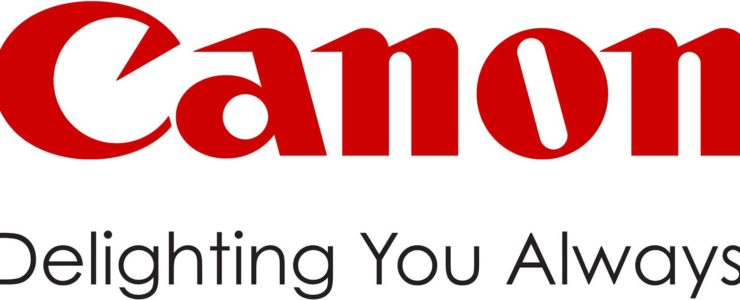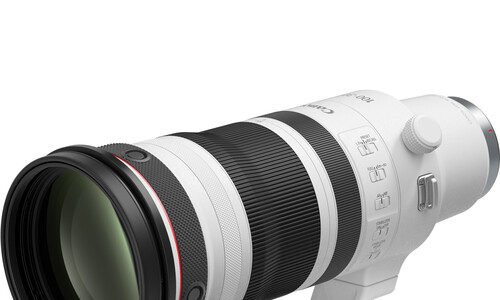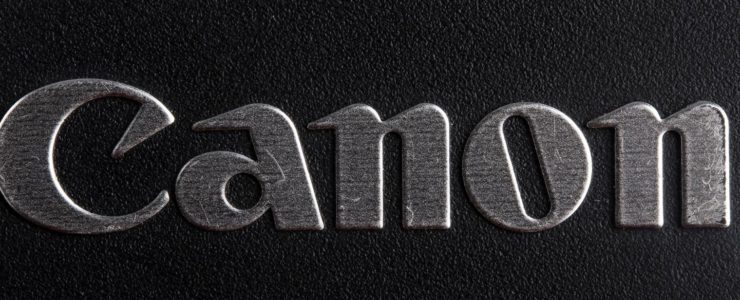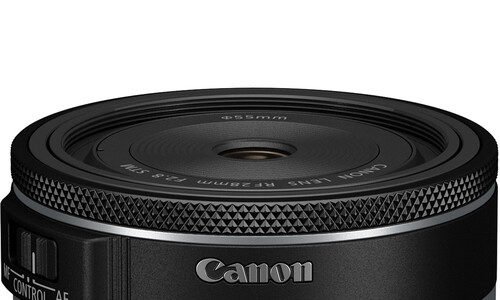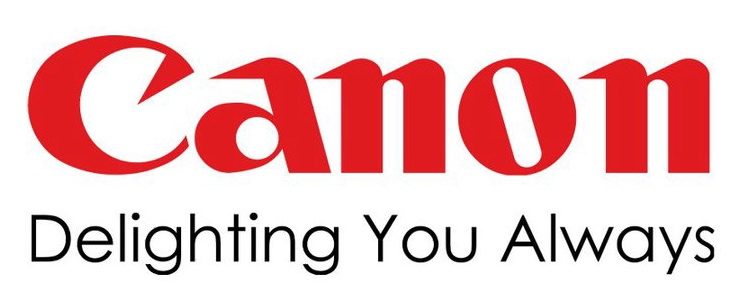I am not really getting this trend to announce the future release of firmware. Just release it and tell it has been released.
However, Canon posted a press release to let humanity know they will release firmware updates. See below for details. The interesting bit here: Canon is introducing a new app to work with a compatible iPhone device, that controls up to four cameras from a single device. The EOS C500 Mark II, EOS C300 Mark III, EOS C70, and XF605 cameras will be compatible with the Canon Multi-Camera Control App, which provides the ability to control multiple cameras from a compatible iPhone device via Wi-Fi connectivity. The free app allows for control over recording start and stop, focus, zoom and iris, ND Filters, ISO, Shutter, White Balance, and Custom Picture control while viewing the image.
Canon press release:
Expanding Possibilities: Canon Announces Firmware Updates for Cinema EOS, Camcorder and PTZ Cameras, Granting Canon Customers Broader Options and More Control
MELVILLE, N.Y, November 2, 2023 – Canon, a leader in digital imaging solutions, announced today a variety of firmware updates for key models in its Cinema EOS line of cameras, including the EOS C500 Mark II, EOS C300 Mark III, EOS C70, EOS R5 C, the XF605 camcorder, as well as select PTZ cameras, expanding the creative and technical choices available for Canon customers. Additionally, Canon announced the new Canon Multi-Camera Control App (the “app”)1. All firmware updates and the app will be available to customers for free download in early December 2023*.
Enhancing Value of Cinema EOS Cameras
Highlights for each of the Canon Cinema EOS products:
EOS C500 Mark II/ EOS C300 Mark III
- Adds a Digital Tele-converter.
- Supports camera control from the new RC-IP1000 Remote Camera Controller.
- Adds flexibility with file naming conventions on proxy files, which enhances compatibility with non-linear editing software systems.
- Enhancements to the vector scope will now enable display of the vector color and color-space on screen.
- Adds compatibility with the CN-E31.5-95mm Flex Zoom Lens.
EOS C70
- Adds a Digital Tele-converter.
- Supports camera control from the new RC-IP1000 Remote Camera Controller.
- Adds flexibility with file naming conventions on proxy files, which enhances compatibility with non-linear editing software systems.
- Adds compatibility with the RF24-105mm F2.8 L IS USM Z lens with Power Zoom Adapter and the RF Prime series of cinema lenses.
- Adds compatibility with Canon’s Super 35mm Flex Zoom lenses.
EOS R5 C
- Adds flexibility with file naming conventions on proxy files, which enhances compatibility with non-linear editing software systems.
- Enhancements to the vector scope will now enable display of the vector color and color-space on screen.
- Adds frame display function while recording.
- Adds compatibility with the RF24-105mm F2.8 L IS USM Z lens with Power Zoom Adapter and the RF Prime Cinema Lenses.
- Adds compatibility with Canon’s Super 35mm Flex Zoom lenses.
- Adds improvements to the camera’s photo mode.
Pro Video Product Update
The latest firmware upgrade for our flagship professional camcorder:
XF605
- Adds support for SRT protocol.
- Adds file recording in XF-AVC Full HD 25 megabits per second format.
- Proxy file recording in MP4 16 megabits per second when in XF-AVC Full HD 25 format.
- Adds chunk recording and continuous playback of multiple clips.
- Adds flexibility with file naming conventions on proxy files, which enhances compatibility with non-linear editing software systems.
- Supports camera control from the new RC-IP1000 Remote Camera Controller.
Enhanced PTZ Functionalities
Canon is continuously enhancing its existing line of PTZ cameras and producing new models to help ensure that Canon PTZ users are at the top of their game. The new firmware for the CR-N700, CR-N500, CR-N300, and CR-X300 contains several new features.
These new features include:
- Preset and Trace thumbnails have been added to help make the cameras more intuitive to control by adding visual thumbnails for both presets and for recorded trace movements in the camera’s user interface and in the latest version of the Remote Camera Control Application.
- Option for Still image display between presets helps to enhance a user’s viewing experience by eliminating any distracting video while the camera is moving from one preset to another.
- SRT adaptive bitrate enables stable video distribution in accordance with the network environment and available bandwidth.
- Multiple Free-D protocol destinations which can behelpful for shooting in virtual production environments with multiple image processors.
- Partial restore option allows for partial settings restoration so that items such as baseline video settings can be restored from a backup, while infrastructure items such as networking configuration and administrator credentials can be retained.
In addition, the Remote Camera Control Application (RCCA) for Windows and Mac will have new functionalities including the preset thumbnail display, trace thumbnail display still image between presets, and will add support for the CR-N100 PTZ camera.
Additionally, the firmware update for Canon’s RC-IP100 remote camera controller will allow users to control settings for the Add-On Applications via the hardware controller; introduce a new On-Off setting to aid in efficiency; a new reversible Tele-Wide direction setting of the Zoom lever; and an additional mode that only allows pan, tilt, zoom, focus, preset, and trace control, so users may not accidentally make image settings changes when using the controller.
Canon Multi-Camera Control App
Lastly, Canon is introducing a new app to work with a compatible iPhone device, that controls up to four cameras from a single device. The EOS C500 Mark II, EOS C300 Mark III, EOS C70, and XF605 cameras will be compatible with the Canon Multi-Camera Control App, which provides the ability to control multiple cameras from a compatible iPhone device via Wi-Fi connectivity. The free app allows for control over recording start and stop, focus, zoom and iris, ND Filters, ISO, Shutter, White Balance, and Custom Picture control while viewing the image.
To download the firmware updates once available, or for more information regarding the firmware updates, the app and all of Canon’s professional video products and solutions, please visit usa.canon.com.


